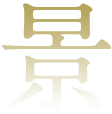- [Shajiraku]Homepage
- Location
- Shojoke-in,Head Temple
- Location
Selection - Experience
Selection - To
Provisional
Reservation
Request
景Location
Shojoke-in,Head Temple
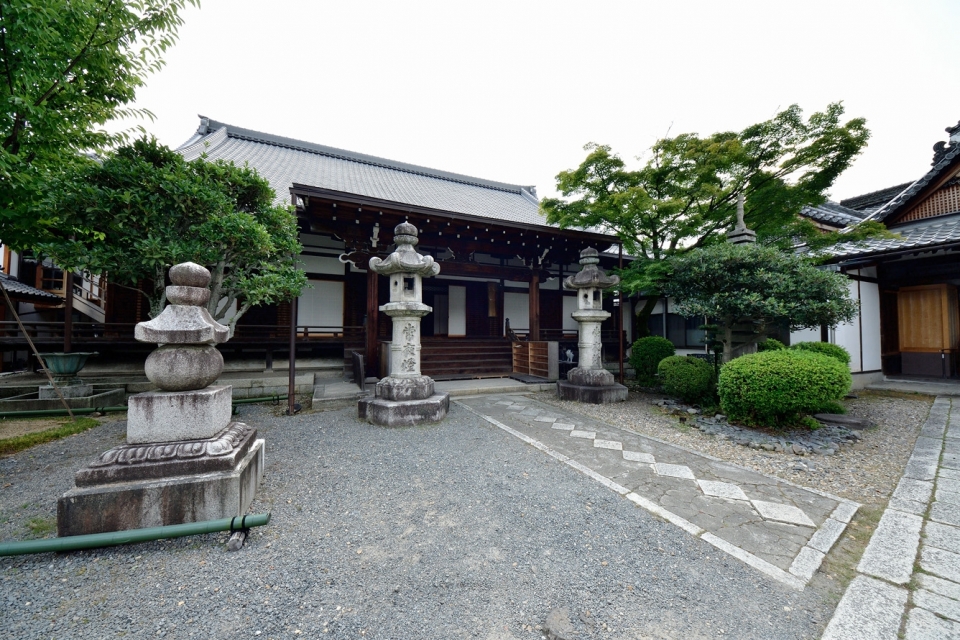
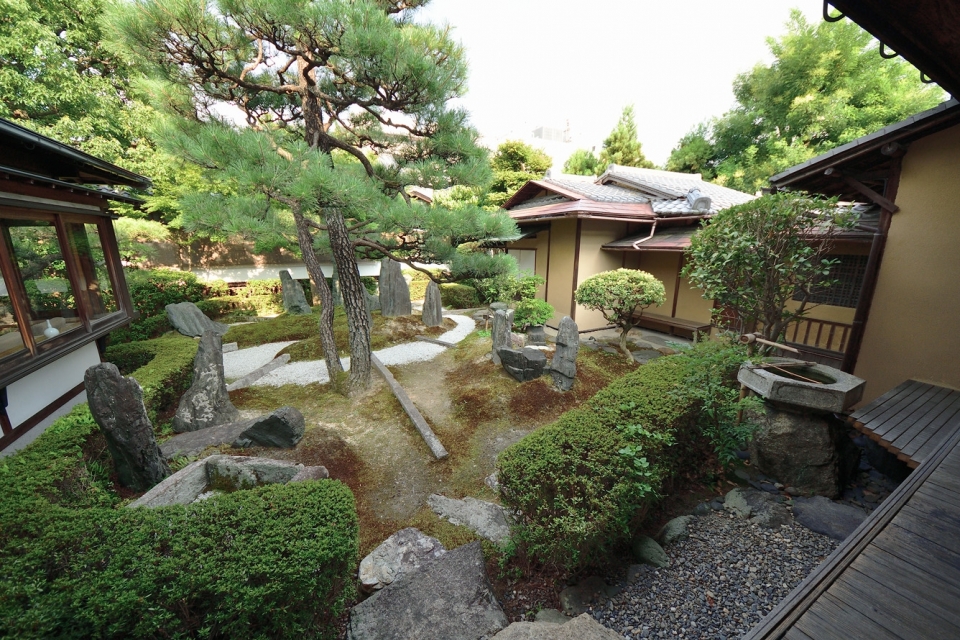
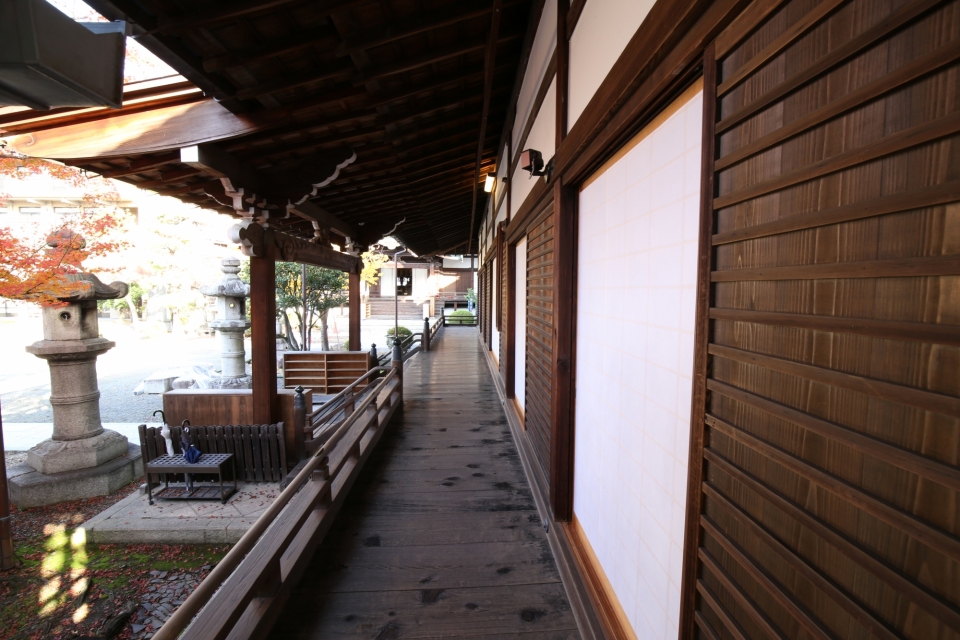
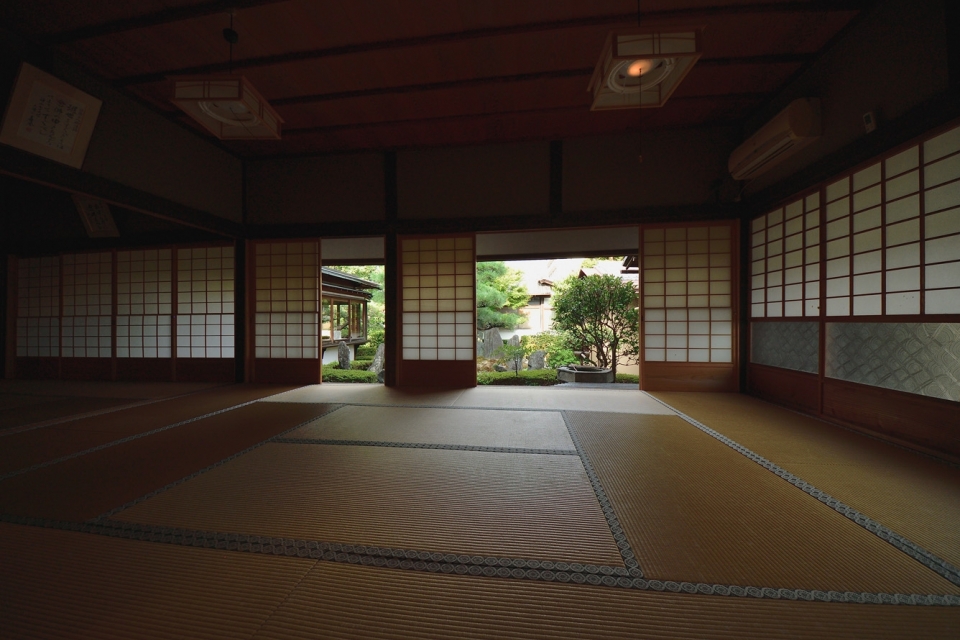
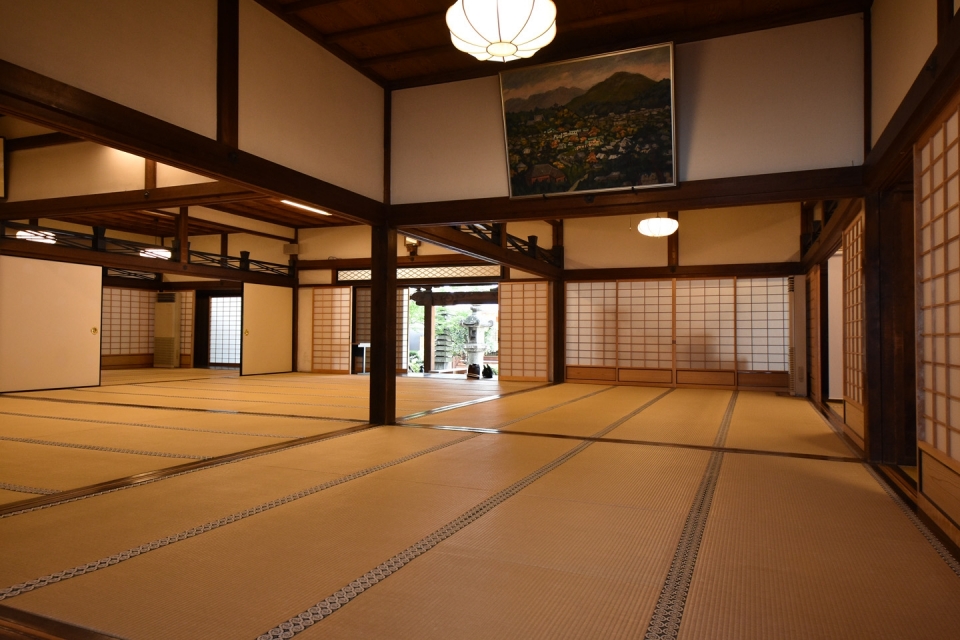
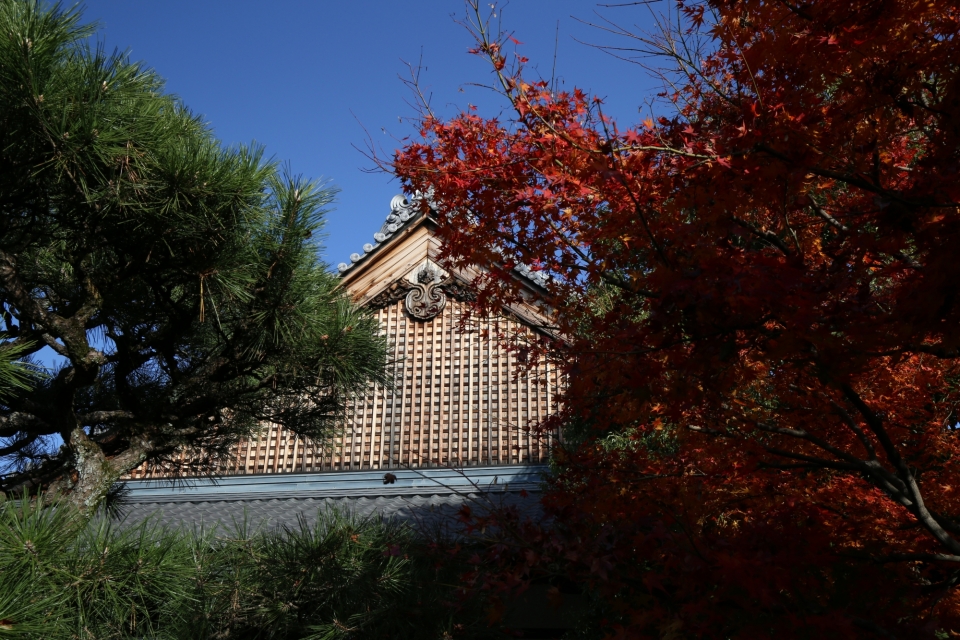
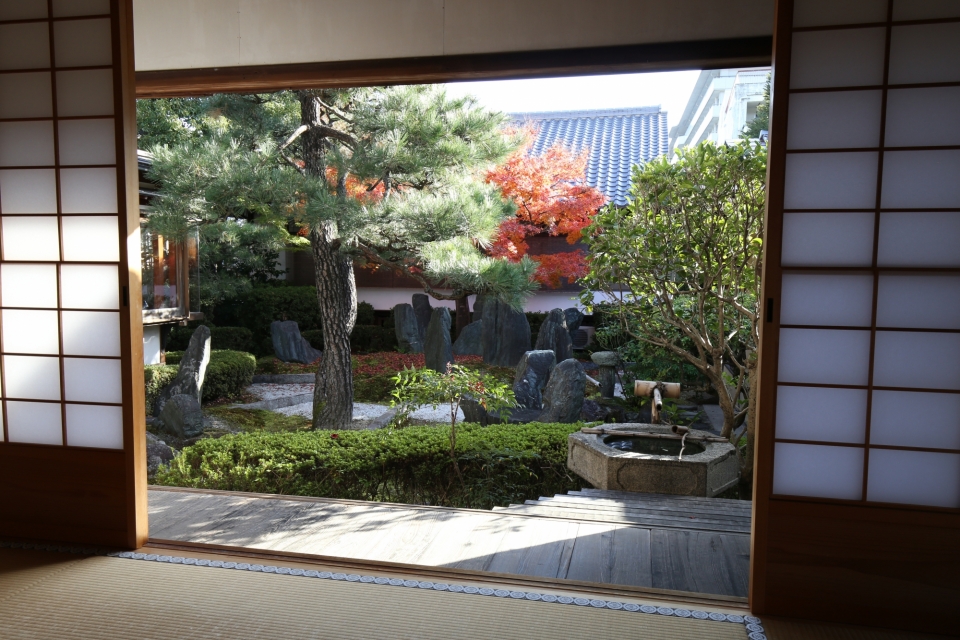
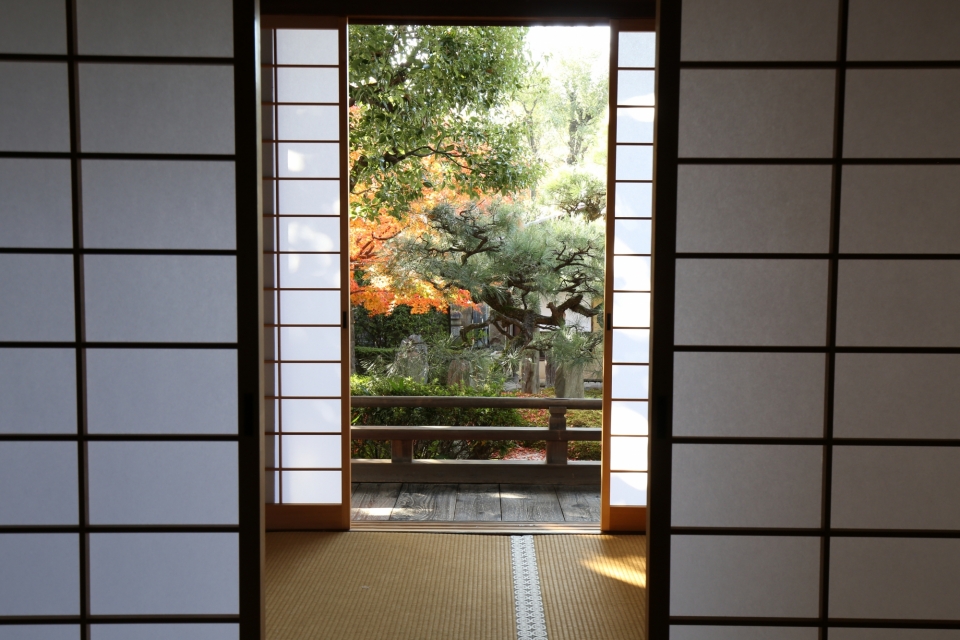
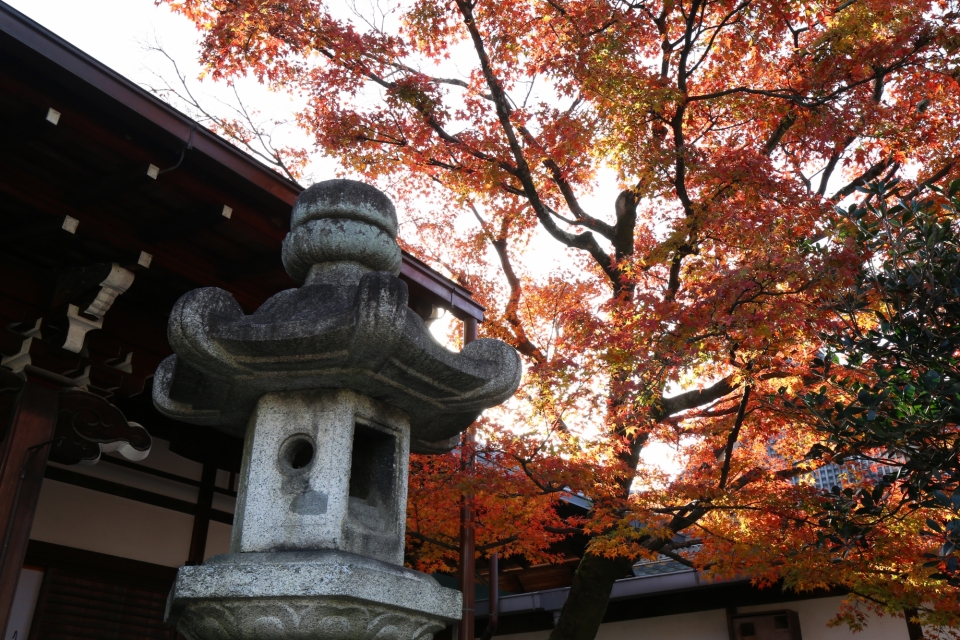
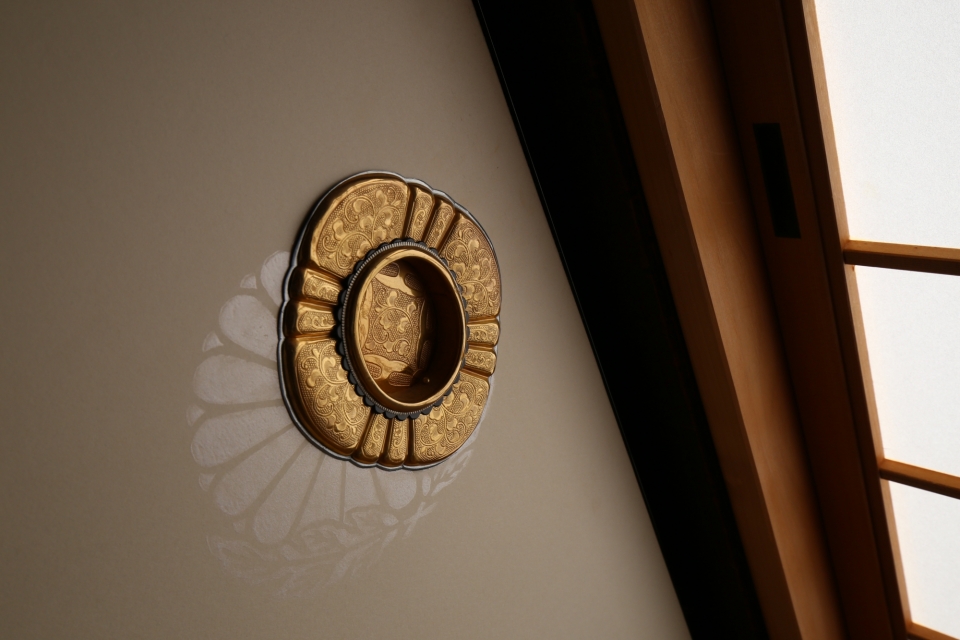
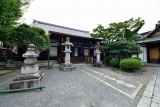
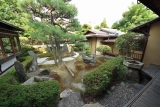
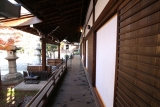
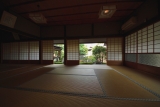
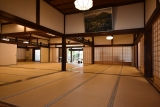
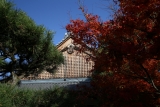
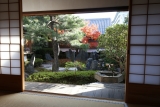
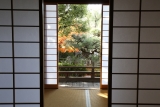
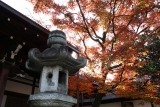
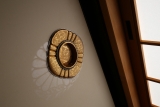
The Main Hall, Daiden (Miei-do)
In addition to the grand head temple Chion-in and head temples Konkai Komyo-ji and Chion-ji, Kyoto has another lesser known Jodo Shu head temple (daihonzan) called Shojoke-in. Its name, meaning the "temple hall of the pure lotus," came from the idea of a place of practice that is as pure as the lotus flowers growing in the Pure Land. The origin of the temple can be traced back to the year 860, when the Emperor Seiwa requested the Tendai master Ennin to establish a temple on the grounds of the Imperial Palace, where various forms of Buddhism could be practiced by members of the Imperial family.
In 1175, after our founder Honen Shonin began teaching Nenbutsu practice, the retired emperor Goshirakawa invited Honen Shonin to the temple to hear his teachings. Later, the emperors Takakura and Gotoba also received teachings from Honen Shonin, who in time was appointed to Shojoke-in . During the latter part of the 16th century, the temple was relocated to its current location outside the walls of the Kyoto Imperial Palace. Shojoke-in
Shojoke-in is distinctive in that it also observes a goma or esoteric Buddhist ritual, commonly seen in the Shingon sect of Buddhism, offered to the wrathful- looking, esoteric deity Fudo Myo in the Fudo Hall on the 28th of every month. The reason for this unusual practice has to do with a famous medieval Japanese picture scroll owned by the temple known as the Illustrated Tale of the Weeping Fudo.
In addition to the grand head temple Chion-in and head temples Konkai Komyo-ji and Chion-ji, Kyoto has another lesser known Jodo Shu head temple (daihonzan) called Shojoke-in. Its name, meaning the "temple hall of the pure lotus," came from the idea of a place of practice that is as pure as the lotus flowers growing in the Pure Land. The origin of the temple can be traced back to the year 860, when the Emperor Seiwa requested the Tendai master Ennin to establish a temple on the grounds of the Imperial Palace, where various forms of Buddhism could be practiced by members of the Imperial family.
In 1175, after our founder Honen Shonin began teaching Nenbutsu practice, the retired emperor Goshirakawa invited Honen Shonin to the temple to hear his teachings. Later, the emperors Takakura and Gotoba also received teachings from Honen Shonin, who in time was appointed to Shojoke-in . During the latter part of the 16th century, the temple was relocated to its current location outside the walls of the Kyoto Imperial Palace. Shojoke-in
Shojoke-in is distinctive in that it also observes a goma or esoteric Buddhist ritual, commonly seen in the Shingon sect of Buddhism, offered to the wrathful- looking, esoteric deity Fudo Myo in the Fudo Hall on the 28th of every month. The reason for this unusual practice has to do with a famous medieval Japanese picture scroll owned by the temple known as the Illustrated Tale of the Weeping Fudo.
Location Details
Name of Location
Shojoke-in,Head Temple
Address
Kyoto 602-0852
Guest Capacity
2 to 10 persons
Admission fee
- Morning70,000yen
- Afternoon70,000yen
- All Day120,000yen
Please select an experience available at this location on the next page.




